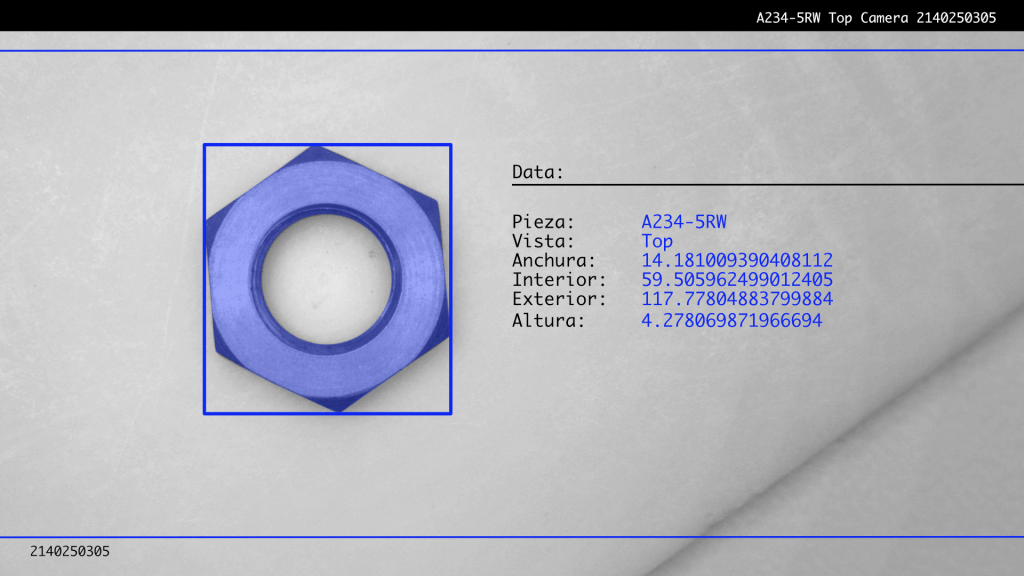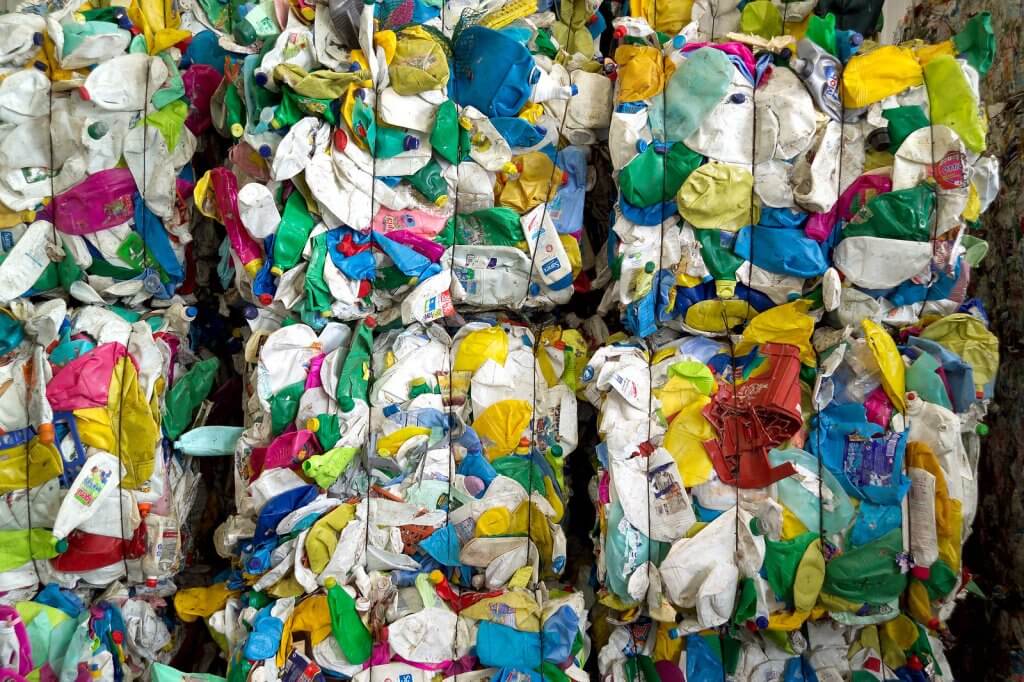The Importance of Digital Images
In a world flooded with mobile devices, surveillance cameras, and social media, digital images play a central role in how we communicate and understand our surroundings. [More and more organizations are implementing visual processing technologies to optimize processes, improve decision-making, and create value.] Techniques are used to process, analyze, and extract useful information from these images. In this context, two areas become especially relevant: image processing and computer vision. Although they are often used complementarily, each one pursues particular goals. Understanding these differences is essential for strategic application. At Pixelabs [link], we want to help you identify their specific characteristics and explore their impact on sectors such as the circular economy and industry.
Image Processing
Image processing deals with the manipulation and enhancement of digital images. Its goal is not to understand what appears in the image but to apply mathematical methods to optimize certain characteristics such as quality, noise, contrast, color, etc. In some cases, it is also used to prepare the image for a subsequent process (known as preprocessing). These techniques historically emerged as part of the broader field of digital signal processing. Image processing tasks are considered low-level tasks since they work directly with raw information.
There are many image processing operations, but today we’ll show you three that are fundamental to our daily tasks here at Pixelabs.
Transforms are a branch of operations that involve changing the representation of images into different domains where it may be easier to work. There are many types, but today we’ll talk about the most famous one. The Fourier transform is a fundamental mathematical tool in image processing that allows a two-dimensional signal (the image) to be decomposed into its frequency components. By moving the image from the spatial domain to the frequency domain, it becomes possible to analyze how much variation (sudden or gradual changes) exists in each direction of the image. This information is extremely useful for tasks like filtering, compression, and image restoration. For example, in filtering, high frequencies associated with noise can be attenuated or removed, or important details can be enhanced by emphasizing certain frequency bands. Moreover, the Fourier transform is the foundation of compression techniques like JPEG, where the image’s energy is concentrated into a subset of frequency coefficients, reducing the amount of data without significant visual quality loss. Its invertible nature allows for easy return to the spatial domain, maintaining control over which components are preserved or discarded.Another category within image processing is morphological operations, which involve changing the shape of the image to optimize certain aspects. Let’s look at two examples:
The opening operation consists of first applying an erosion and then a dilation. Erosion “shrinks” the white areas of the image, eliminating small details or isolated noise; dilation, on the other hand, expands them, filling gaps and reinforcing contours. By combining both, opening removes impurities while maintaining the essential shape of the objects. The morphological gradient is obtained by subtracting the erosion from the dilation of an image. By highlighting the difference between these two operations, it emphasizes edges and intensity transitions, which is extremely useful for edge detection and the segmentation of structures in images.
Computer Vision
Computer vision is the branch of artificial intelligence that aspires to emulate and even surpass the human ability to see and understand. It goes beyond visual enhancement, aiming to identify, classify, and contextualize the elements appearing in an image. This field was born linked to robotics and machine learning, with the goal of endowing machines with the ability to recognize patterns and respond intelligently to their environment.
Thanks to the rise of deep learning, particularly convolutional neural networks and other advanced architectures, computer vision has achieved significant milestones in tasks such as image classification, object detection, image segmentation, and real-time object tracking.These high-level objectives differentiate computer vision from image processing. While an image processing filter seeks to reduce noise, a computer vision system tries to extract meaning from visual information and make decisions based on that understanding.

Image: sample of the unique part number identification control panel
Industrial Sector
Image processing and computer vision have become essential pillars in industry for error detection. Image processing enhances capture quality by adjusting parameters in cameras, ensuring the information reaching post-processing modules is clearer and more concise. Subsequently, computer vision algorithms enable the identification of defects in products through the automated analysis of patterns, shapes, and colors. These technologies not only increase inspection precision but also reduce costs by identifying and correcting issues more quickly and accurately. These processes can be implemented at every stage of production, from raw material analysis to final product quality validation.
To implement these solutions, it is crucial to have high-quality cameras and highly accurate vision models. At Pixelabs, we are aware of this, which is why we work with cutting-edge recording technology and state-of-the-art algorithms that keep us at the forefront of this industry.

Image: Ecoembes, HDPE packaging container.
Circular Economy
In the context of the circular economy, image processing and computer vision have become key tools for optimizing material recovery and reuse processes. In recycling processes, visual identification of materials becomes particularly complex, as items often arrive deformed, mixed, and dirty. These conditions alter their original appearance, making classification through traditional methods difficult. Advanced technologies such as hyperspectral vision allow for precise waste classification by detecting frequencies beyond the visible spectrum and determining material composition.
At Pixelabs, we create smart classification models that help with both materials research and recycling in industry, making it easier for companies to improve efficiency and move toward more sustainable production.
References
- Ultralytics. (s.f.). Computer Vision vs Image Processing: The Key Differences. https://www.ultralytics.com/blog/computer-vision-vs-image-processing-the-key-differences
- Wikipedia. (s.f.). Transformada de Fourier. En Wikipedia. https://es.wikipedia.org/wiki/Transformada_de_Fourier
- OpenCV. (s.f.). Morphological Transformations. https://docs.opencv.org/3.4/d9/d61/tutorial_py_morphological_ops.html
- Wikipedia. (s.f.). Procesamiento digital de imágenes. En Wikipedia. https://es.wikipedia.org/wiki/Procesamiento_digital_de_imágenesWikipedia. (s.f.). Visión artificial. En Wikipedia. https://es.wikipedia.org/wiki/Visión_artificial